Cairo Photo Week, held in conjunction with the Egypt Press Photo Exhibition organized by the Photojournalists Collective of the Egyptian Syndicate of Journalists and hosted by the American University, concluded in Cairo on Saturday.
Cairo Photo Week (CPW), which was organized by Photopia at its headquarters in downtown Cairo, is distinguished this year by "The Legend" exhibition, a "retrospective" display by the late photojournalist Farouk Ibrahim. The show contains a number of photos taken by the legendary presidential photographer from the era of President Gamal Abdel Nasser up to the era of President Hosni Mubarak.
According to local media, the exhibition celebrating “the extensive archive of the late photojournalist as part of Cairo Photo Week, has extended its run at Downtown Cairo's Access Art Space until February 28th, after it was “originally scheduled to close on the last day of Cairo Photo Week”, (Saturday the 18th).
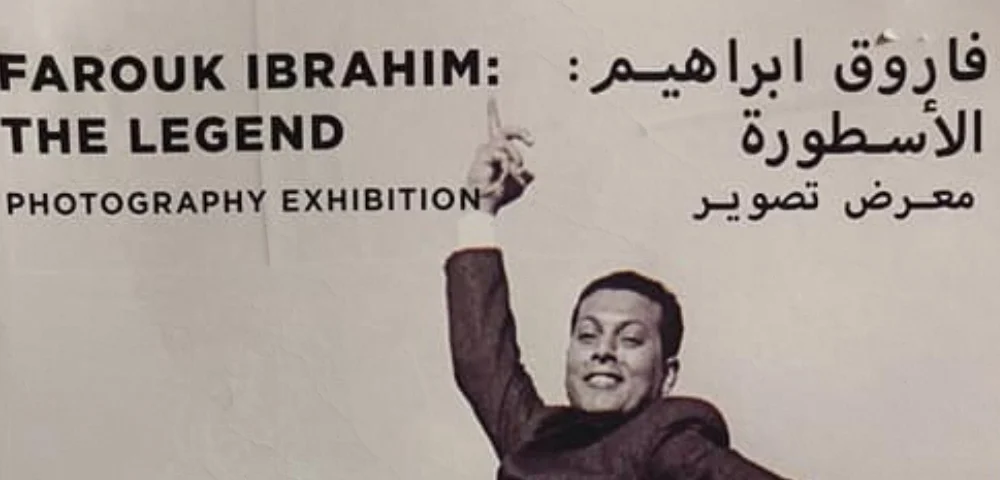
As soon as the photos of the late Farouk Ibrahim were published on social media, many users reacted and engaged with them, especially since some of the photos came as a surprise since they were being showcased for the first time, including a photo of the late Egyptian scientist Ahmed Zewail (1946-2016), winner of the Nobel Prize in Chemistry, smoking shisha in a café in old Cairo.
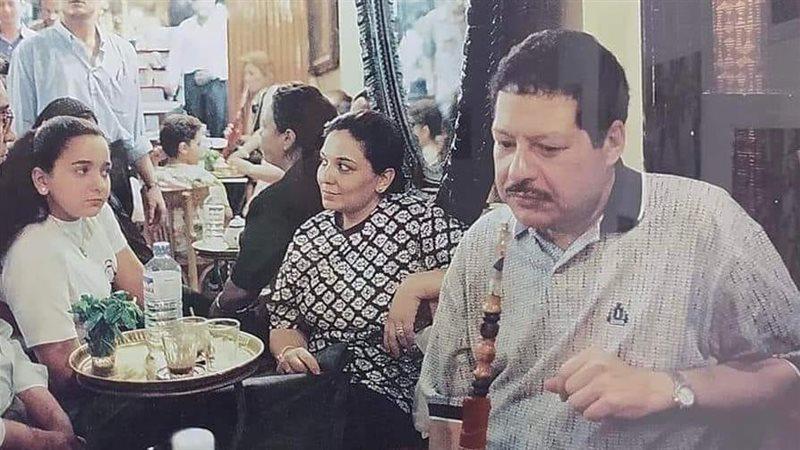
A delayed recovery
The late photographer died at the end of March 2011. His son Hisham tells Raseef22, "Since that date, the family has been thinking of holding an exhibition for the late artist, but the conditions were not favorable at the time, especially in light of the many political events that the country went through, in addition to the Covid pandemic and its aftermath. There was not much interest in the cultural aspect because of all these events, so we waited until the environment and timing was ready, and the credit for the inauguration of the exhibition goes to my younger brother Karim, who studied photography at a private university, and when circumstances allowed, he decided to open and display his father's archive.”
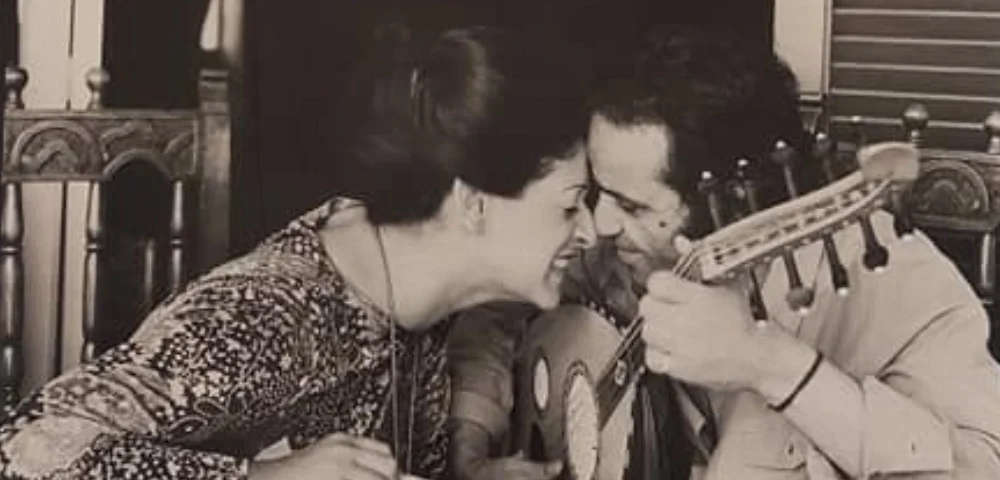
The display features hundreds of photographs selected from the archives of the late 50-year-old, since he joined the photojournalism department of the Egyptian al-Akhbar newspaper in 1961 until his death in 2011.
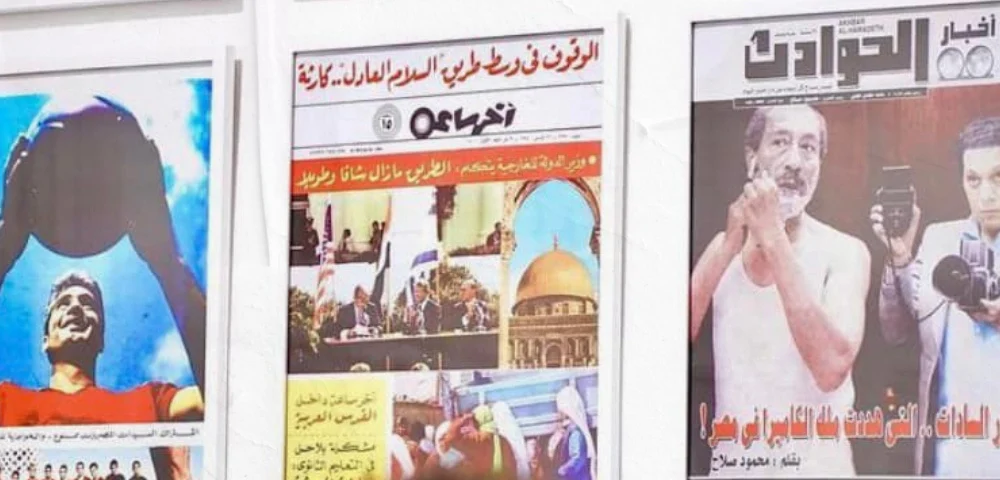
During that long journey, Ibrahim was an official photographer among the crews of presidential photographers, who are allowed to photograph the official, personal, and intimate moments of those who hold power in the country. He was also one of the photographers who became close to those in the art medium in Egypt’s golden age of cinema and music, which extended until the end of the seventies before the glamor and luster of the stars faded.
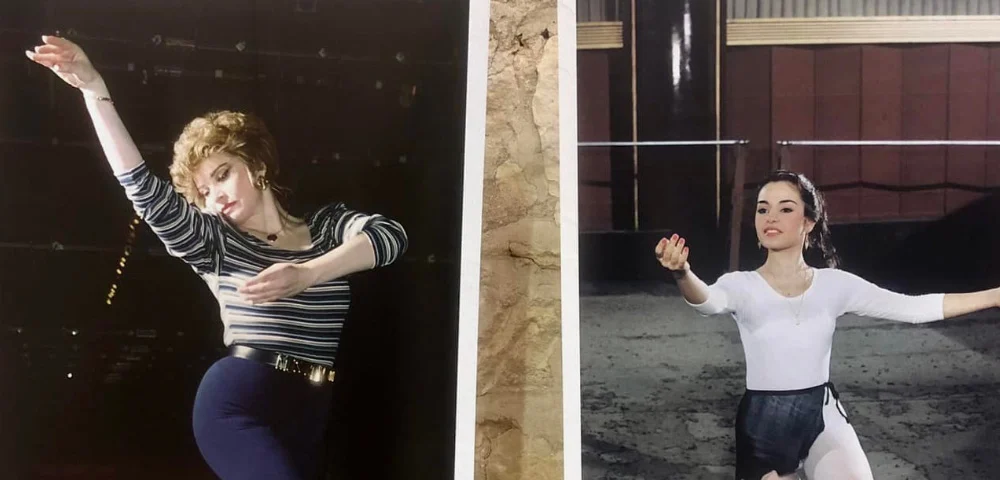
Ibrahim's archive, displayed in Photopia as part of his exhibition, is curated by his son, photographer Karim Farouk. It includes photographs of Abdel Nasser, Sadat and Mubarak alongside Abdel Halim Hafez, Umm Kulthum, Najat al-Saghira, Soad Hosny, Nadia Lutfi and other stars in art, culture, journalism and politics.
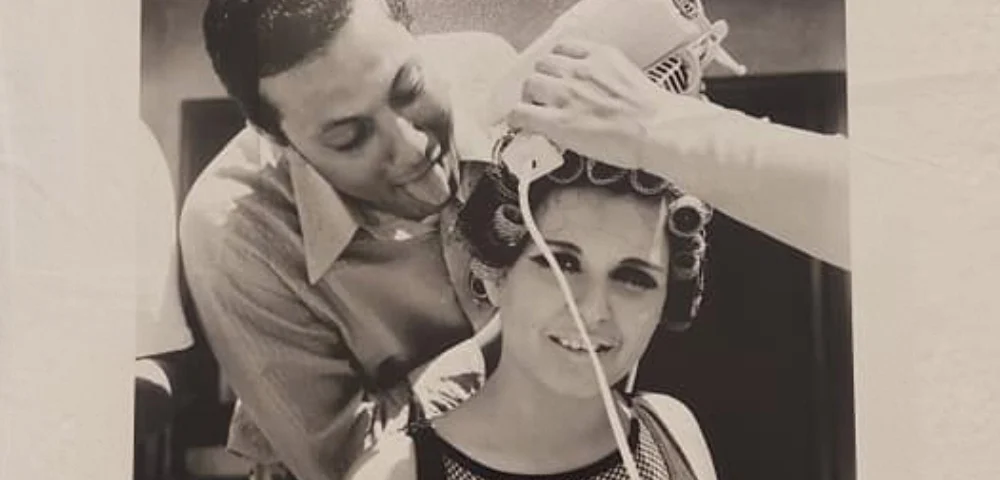
This raises the question of how a photojournalist who lives in the midst of all this hustle and bustle can pay attention to his family, and whether a journalist can enjoy a balanced personal life. Hisham answers, "It was difficult.My father tried to balance his professional and personal life, but because of his many work projects, fame, and frequent travels, especially by virtue of being one of the few photographers accredited by the presidency, his work often took away from his family's time, but we got used to not being angry over it, especially since we were proud of his success, stardom, and good reputation, which we are reaping the fruits of until now."
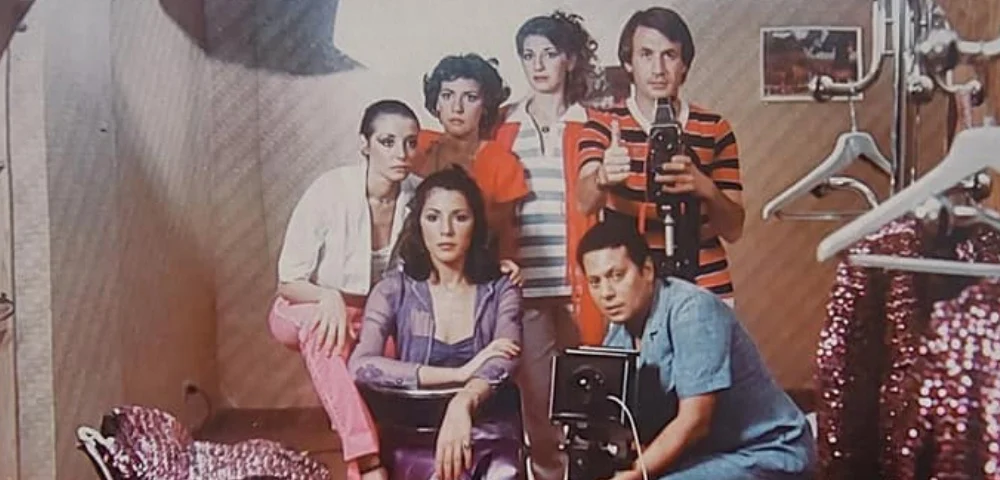
Between friendship and profession
With the many themes of the chosen images in the exhibition, the photographs that the late photographer had taken of famous artists and celebrities received special attention from the visitors of the exhibition and social media pioneers alike. The images reveal a relationship that goes beyond the craft between those standing behind the camera, and those standing in front of it, and perhaps even special friendships that history has not yet written about, which Hisham confirms when he says, "My father was close to many artists, especially ‘Kawkab Al Sharq’, Umm Kulthum, and Abdel Halim Hafez, because before they worked together, they had a friendship that turned into work, not the other way around."
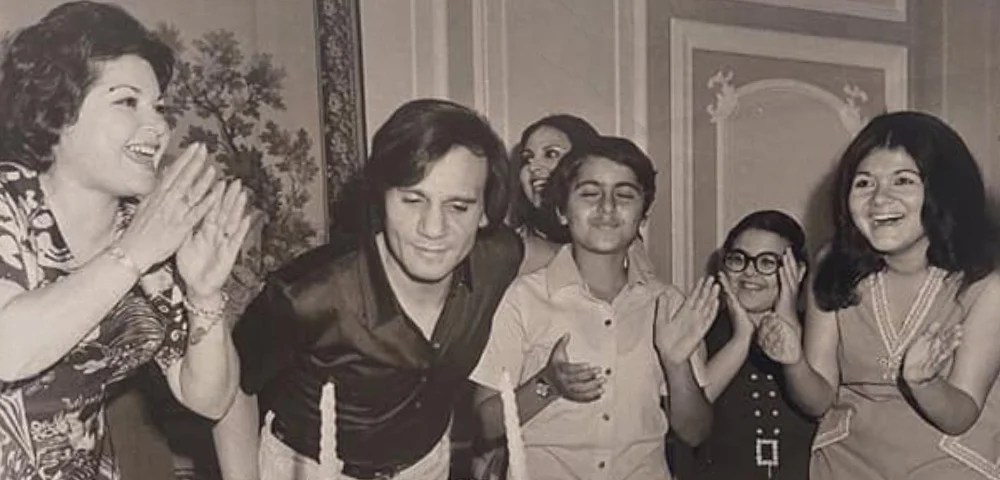
How did his relationship with Umm Kulthum begin?
Hisham recounts how “Kawkab Al Sharq” (The Star of the East) summoned his father to take her now-famous picture with the Great Pyramid of Giza. At the time, Farouk Ibrahim was still a novice photographer.
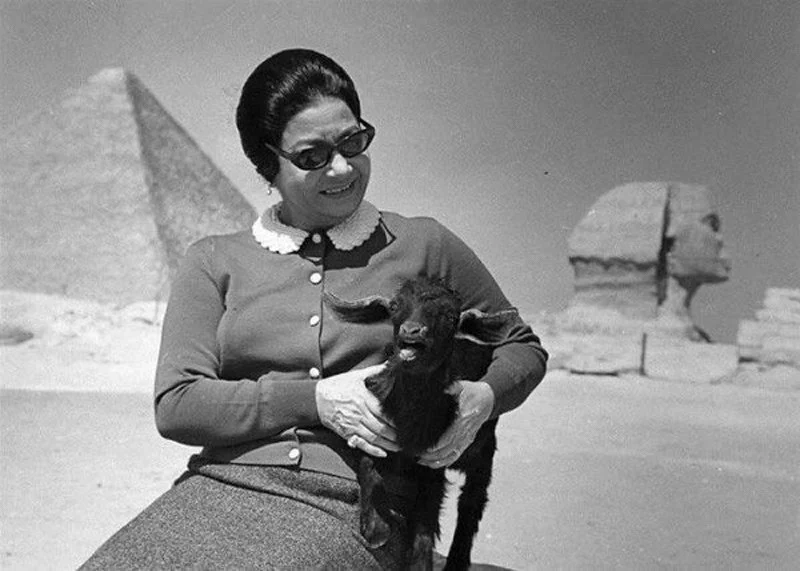
Umm Kulthum liked the picture so much that he took another picture of her that she liked as well. Soon after, she called the editor-in-chief and asked him to let Farouk Ibrahim visit her in her villa, and when he went to her, she asked him, "Where is Mr. Farouk?" He replied, "I am Farouk", and she joked back with him, and from here the friendship between the two began.
Farouk Ibrahim captured the moment Umm Kulthum fell to the ground during a concert in Paris because the journalist inside him couldn't miss the shot. When it was published in the newspaper, she was so angry it took hours of him apologizing to forgive him
The close friendship between the most prominent singer in the Arab world and the late photographer ensured that he would be able to escape some tricky situations, including one when he was detained in Morocco after he angered its late King Hassan II, who had agreed with Umm Kulthum to sing in a private concert that was not attended by any photographers or journalists. But Farouk Ibrahim was able to enter as part of the crew of the late singer, and pulled out his camera in front of the king, who got angry and ordered that he be detained, before Umm Kulthum intervened and stipulated his immediate release or else she wouldn’t continue the concert.
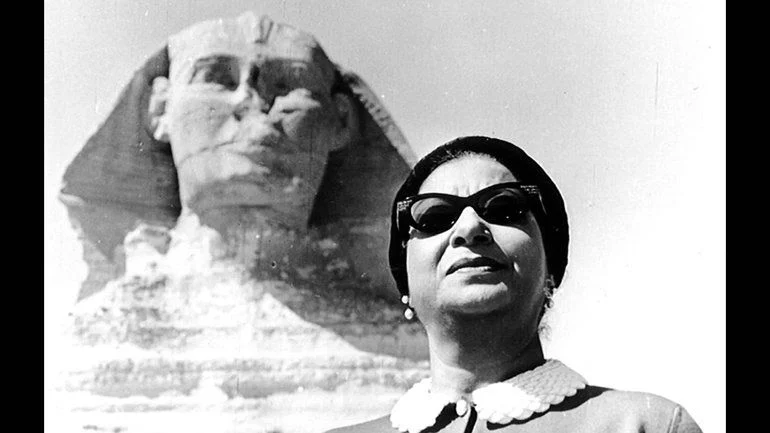
There are many other similar stories. Hisham narrates one such incident, "Farouk Ibrahim could not miss taking a picture of ‘Kawkab Al Sharq’ at the time. He had seen it as an opportunity he couldn’t pass without capturing it on his camera, and when he took some pictures, he was surprised by the Moroccan Minister of Interior, General Mohamed Oufkir, taking the camera from him and arresting him. The minister did not know that he was Farouk Ibrahim, the private photographer of Umm Kulthum, and when he found out, he began talking to him and offering him some food and drinks. In the meantime, Umm Kulthum found out what had happened from her assistant, so she went to the King of Morocco to tell him about it, and he reassured her, and when they searched for him, they found him sitting with the Minister of Interior, and when Farouk informed the King that they had taken the camera from him, he ordered that they bring him a new camera."
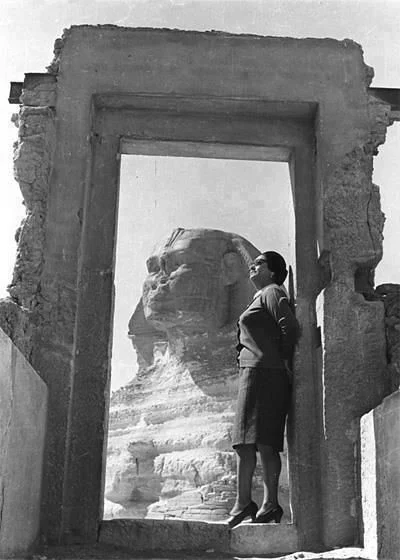
But this friendship did not spare him from the wrath of Umm Kulthum herself when he captured the moment she fell to the ground during the famous Comcorde concert in Paris, when a young Algerian man climbed onto the stage while she was singing and clung to her feet, insisting on kissing them, causing her to lose her balance and fall to the ground. Hisham recounts, "Although my father traveled with Umm Kulthum as a personal photographer and not a journalist, the journalist inside him could not miss the shot, and he sent the photo through the Egyptian embassy to the Akhbar el-Yom newspaper, and when the photo was published in the paper the next day, Umm Kulthum was so angry, it took many hours of him apologizing until she forgave him.”
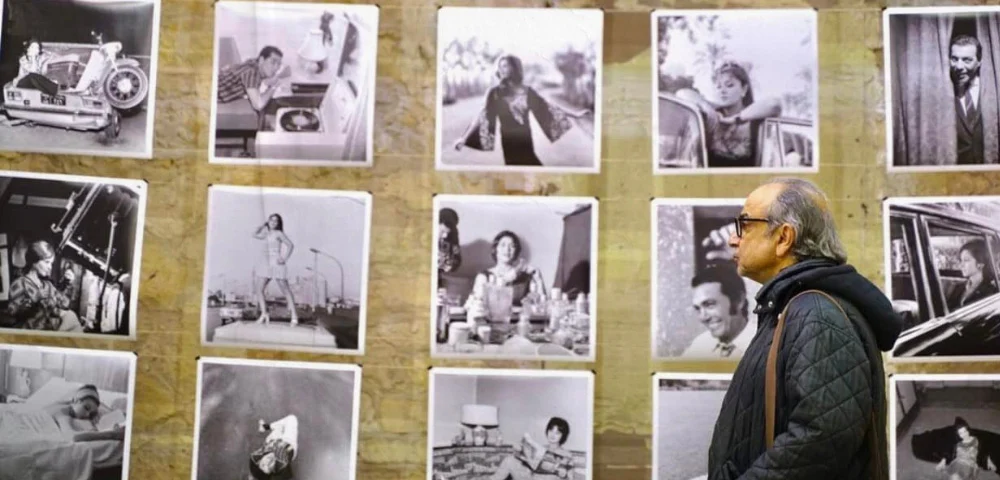
The journalist and the authority
Among the stories circulating about the late photographer is one where he was rumored to have gotten on top of the shoulder of Field Marshal Abdel Hakim Amer, the Egyptian Minister of Defense until 1967. His son confirms the validity of the incident, "The incident really happened. My father was with President Gamal Abdel Nasser in Syria in 1958, and wanted to take some pictures of him giving a speech in front of the masses. While he was doing that, and without realizing it, he leaned one of his legs on the shoulder of one of the attendees, and when he was done he was surprised that this person was military field marshal Abdel Hakim Amer, Minister of Defense at the time."
First Lady Jehan Sadat did not object to taking photos of the president's private moments, because it was under Sadat's orders. The famous photo of Sadat shaving is the biggest proof of that. Her objection was over publishing these photos in newspapers
This incident did not negatively affect Ibrahim's future as a "photographer for presidents and heads of state", from Gamal Abdel Nasser to Anwar Sadat and ending with Mohamed Hosni Mubarak, under the title of the president's private photographer on assignment from Akhbar el-Yom newspaper, where he worked.
This "job" guaranteed Farouk special, unique photos, some of which have now turned into "memes", including the special photos he took of the late President Anwar Sadat, some of which raised the ire of his wife Jehan.
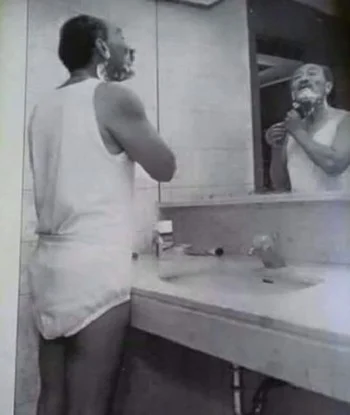
His son recounts, "First Lady Jehan Sadat did not object to hom taking pictures of the president's private moments, because the whole thing happened under Sadat's own orders to have Farouk Ibrahim capture a day in the president's life, and the famous photo that Farouk Ibrahim took of the president while he was shaving his chin is the biggest proof of that, rather, the First Lady’s objection was over publishing these pictures in the newspapers. I believe this is her right, as she is the president's wife and doesn't want such photos published. Before those photos were published in the newspaper, they were sent to President Sadat, not for approval, but so that he would choose from them what to publish, since the whole thing happened with the approval of the president. When Mrs. Jehan and the president's advisers objected, he told them: ‘You don’t understand anything... This is journalism.’ And I don't know what happened after that."
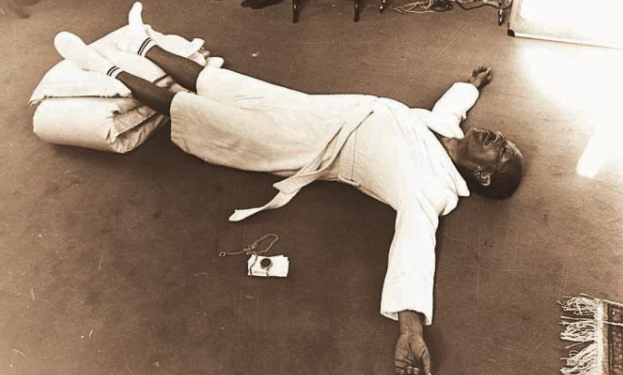
Raseef22 is a not for profit entity. Our focus is on quality journalism. Every contribution to the NasRaseef membership goes directly towards journalism production. We stand independent, not accepting corporate sponsorships, sponsored content or political funding.
Support our mission to keep Raseef22 available to all readers by clicking here!
Interested in writing with us? Check our pitch process here!
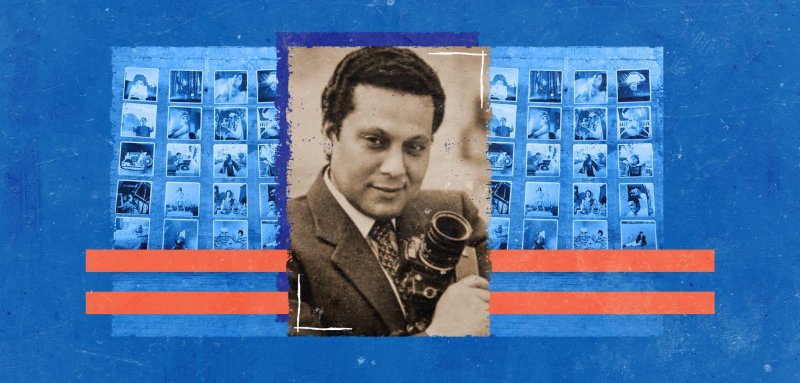
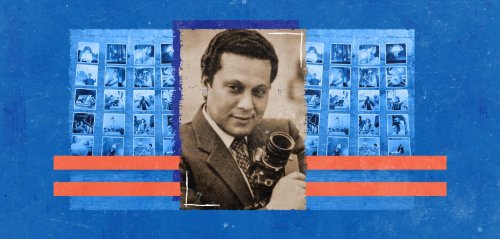
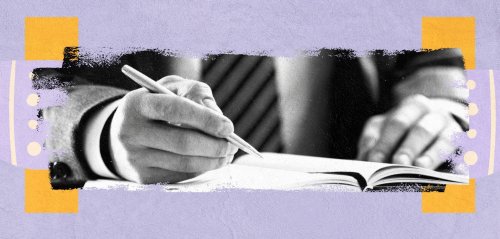
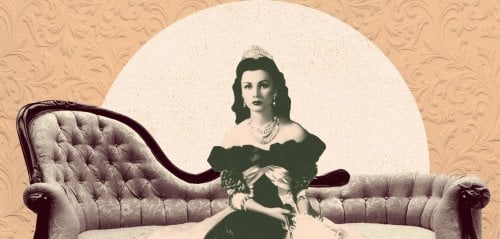
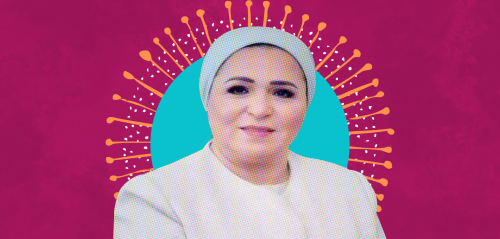



Join the Conversation
ذوالفقار عباس -
8 minutes agoا
Hossam Sami -
1 hour agoصعود "أحزاب اليمين" نتيجة طبيعية جداً لرفض البعض; وعددهم ليس بالقليل أبداً. لفكرة الإندماج بل...
Anonymous user -
1 day agoرائع و عظيم ..
جيسيكا ملو فالنتاين -
5 days agoزاوية الموضوع لطيفة وتستحق التفكير إلا أنك حجبت عن المرأة أدوارا مهمة تلعبها في العائلة والمجتمع...
Bosaina Sharba -
1 week agoحلو الAudio
شكرا لالكن
رومان حداد -
1 week agoالتحليل عميق، رغم بساطته، شفاف كروح وممتلء كعقل، سأشاهد الفيلم ولكن ما أخشاه أن يكون التحليل أعمق...